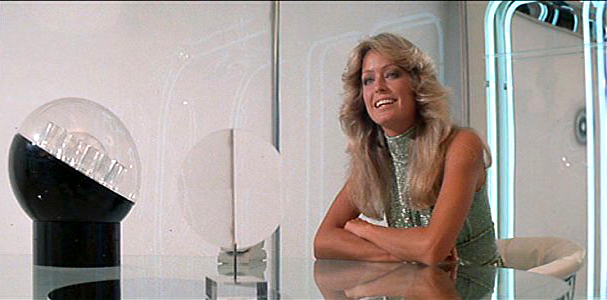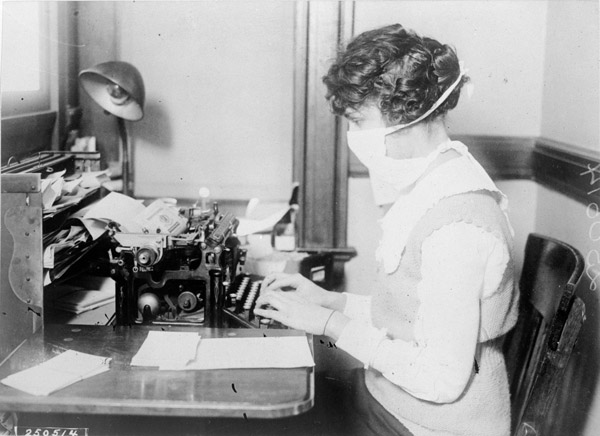In an Edge essay, MIT physicist Neil Gershenfeld explains the far bigger applications of digital fabrication, which many now think of as merely an Etsy-friendly maker tool, describing mind-blowing processes long desired and feared, which could improve the world remarkably (or not). An excerpt:
A year ago for the White House Office of Science and Technology Policy, I ran a meeting because every federal agency pretty much wanted to talk to me about their 3D printing initiative. I was yelling at them that it’s sort of shuffling deckchairs. That’s not the new opportunity. I got together all of these agencies, and then I got together the people at the frontiers of this emerging field of the deep sense of digital fabrication as coding construction. What’s emerging from that is in a whole bunch of areas we’re discovering we can do things that were just not considered remotely possible before.
On the very smallest scale, the most exciting work on digital fabrication is the creation of life from scratch. The cell does everything we’re talking about. We’ve had a great collaboration with the Venter Institute on microfluidic machinery to load designer genomes into cells. One step up from that we’re developing tabletop chip fab instead of a billion dollar fab, using discrete assembly of blocks of electronic materials to build things like integrated circuits in a tabletop process.
A step up from that, we had a paper in Science last year showing we can make the world’s highest performance ultralight material for things like airplanes by digitizing composites into little linked loops of carbon fiber instead of making giant pieces. Now we’re working with the aerospace industry on making printers of jumbo jets. But the printers are really assemblers.
Bigger scale, we’re working with Homeland Security on geoprinting. Extreme events like Katrina or Sandy do tens or hundreds of billions of dollars of damage. National technical means to defend against them are bags of wet sand. We’re now developing machines that are like robotic ribosomes that link discrete parts to build geological scale features to make landscape. We’re working with NASA on doing this in space, leading up to the idea of how you bootstrap a civilization. There’s a series of books by David Gingery on how to make a machine shop starting with charcoal and iron ore. You make a furnace and you melt it, and then you make hand tools, then slowly you bootstrap up to make a machine shop. When people think about a notion like colonizing space and bootstrapping a civilization, that’s what they’re thinking of implicitly.•



